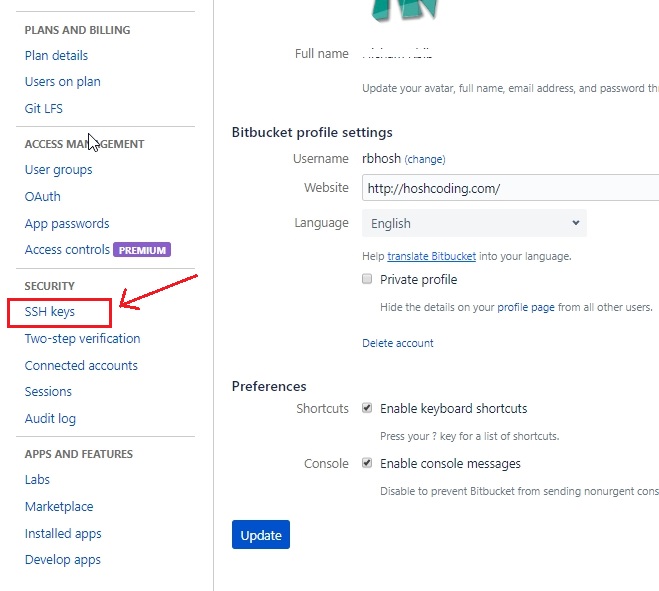

#OPENSSH GENERATE KEY KEYGEN#
Here’s a summary of commonly used options to the ssh keygen tool: For example, if the file name of the SSH private key is id_ecdsa, the file name of the public key would be id_ecdsa.pub. The file name of the public key is created automatically by appending. The command generates an SSH key pair consisting of a public key and a private key, and saves them in the specified path.
#OPENSSH GENERATE KEY PASSWORD#
To add an extra layer of security to your server, you can disable the SSH password authentication.When prompted, enter the passphrase again to confirm it. Otherwise, you will be prompted to enter the passphrase. To test it, try to connect to the server via SSH: ssh you haven’t set a passphrase, you will be logged in immediately. If the ssh-copy-id utility is not available on your local machine, use the following command to copy the public key: cat ~/.ssh/id_rsa.pub | ssh "mkdir -p ~/.ssh & chmod 700 ~/.ssh & cat > ~/.ssh/authorized_keys & chmod 600 ~/.ssh/authorized_keys" Login to the Server using SSH Keys #Īt this point, you should be able to log in to the remote server without being prompted for a password. Now try logging into the machine, with: "ssh check to make sure that only the key(s) you wanted were added. Once the user is authenticated, the content of the public key file ( ~/.ssh/id_rsa.pub) will be appended to the remote user ~/.ssh/authorized_keys file, and connection will be closed. Ssh-copy-id will be prompted to enter the remote_username password: password: If you don’t want to use a passphrase, just press Enter.

Enter passphrase (empty for no passphrase): The passphrase adds an extra layer of security. Whether you want to use a passphrase, it’s up to you. Next, you’ll be prompted to type a secure passphrase. Press Enter to accept the default file location and file name. Generate a new 4096 bits SSH key pair with your email address as a comment by entering the following command: ssh-keygen -t rsa -b 4096 -C output will look something like this: Enter file in which to save the key (/home/yourusername/.ssh/id_rsa): Otherwise, if you have an SSH key pair, you can either use those or backup up the old keys and generate new ones. If the output of the command above contains something like No such file or directory or no matches found, it means that you don’t have SSH keys, and you can continue with the next step and generate a new SSH key pair. If you are generating a new key pair, the old one will be overwritten.Ĭommand to check whether the key files exist: ls -l ~/.ssh/id_*.pub The chances are that you already have an SSH key pair on your Debian client machine.
#OPENSSH GENERATE KEY HOW TO#
We will also show you how to set up an SSH key-based authentication and connect to remote Linux servers without entering a password. This article describes how to generate SSH keys on Debian 10 systems. Password and public-key based are the two most common mechanisms for authentications.Īuthentication using a public key is based on the use of digital signatures, and it is more secure and convenient than traditional password authentication.

The encrypted connection can be used to execute commands on the server, X11 tunneling, port forwarding, and more. Secure Shell (SSH) is a cryptographic network protocol used for a secure connection between a client and a server and supports various authentication mechanisms.


 0 kommentar(er)
0 kommentar(er)
